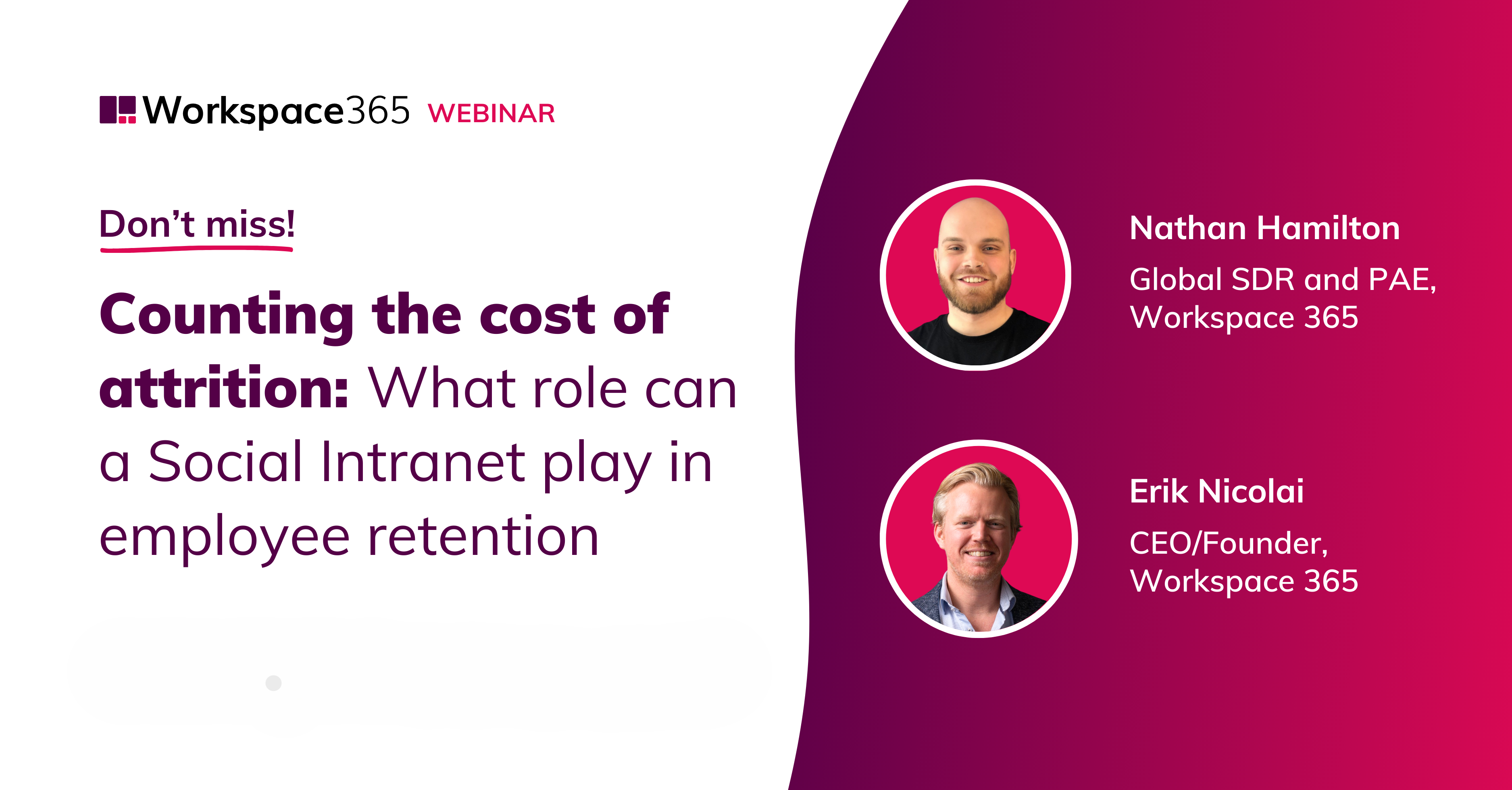End user experience management (EUEM) and digital employee experience (DEX) are two closely related concepts that are becoming an increasing priority at C-level. But what exactly is end user experience management and why should it be a key focus? How does it relate to digital employee experience? And how can you take both to the next level so that you benefit from happier employees and higher productivity?
EUEM as foundation, DEX as result
Digital employee experience, which revolves around employees' experiences with the technology they use for work, is a hot issue. Employees appear to find it extremely important to have good technology experiences, so an optimal DEX helps retain good people and recruit new talent.
End user experience management - sometimes called digital employee experience management - can be seen as the system to measure and benchmark the DEX. EUEM collects data from endpoints and translates it into useful insights. Based on those insights, your company can take actions that result in an improved DEX. So in a way, EUEM is the foundation for DEX.
Logically, end-user-oriented EUEM can also be used more broadly than for employees only. Imagine you have a web application that acts as a customer portal, then your end users are not employees but customers. In that case, EUEM is not about improving the technology experiences of the employee, but those of the customer.
What is end user experience management?
Forrester defines EUEM as a set of capabilities that can manage employees' daily technology experiences by collecting and analysing telemetric data from devices, applications, networks and identities as well as user feedback.
Whereas IT tools traditionally focus on improving performance from a technological point of view, EUEM really puts the perspective with the end user. By combining information about technical performance with user feedback, you are able to take actions that improve DEX. That way, IT can better support employees and increase job satisfaction as well as engagement.
How EUEM works
You may already have sufficient capabilities within your IT landscape to collect EUEM-related data, but in many cases it is useful to use specialist end-user experience monitoring (EUM) tools. These types of tools can automatically collect information on, for example, network response times, application performance, errors, crashes, network queries, downtime, page load details and the technical 'health' of devices, but they are also capable of measuring DEX from user feedback.
Within EUEM, this kind of data is translated into insights that give you an accurate picture of the current state of your entire IT environment, from the end-user's perspective. Based on this, you can start making improvements, as we explain below.
How to improve DEX with EUEM
The telemetric data on disruptions, delays, application problems and other issues give you tools to solve the issue in question immediately. EUEM tools are often integrated with Enterprise Service Management (ESM) tools such as TOPdesk or ServiceNow. Does the EUEM tool detect an issue that could disrupt the user experience? Then a ticket is automatically created within the ESM platform.
EUEM also naturally provides an adequate picture of how employees experience the technology they work with. Do you understand how employees interact with applications, systems, devices and networks on a daily basis, and do you know what they think of it? Then you can proactively make improvements based on these insights.
Important to keep in mind here is people management. This means that the right people need to have the right tools. EUEM tools provide valuable insights about endpoints, application usage and working styles, for example. This allows you to adequately segment users, personalise IT usage and thus increase DEX.
Roadmap for setting up EUEM
Want to get started with EUEM to optimise your DEX? The broad principles of the roadmap are as follows:
- Look at the capabilities you already have to collect relevant data within your IT environment. For example, many Unified Endpoint Management providers are able to generate telemetric data (on application usage, for example).
- Supplement existing capabilities where necessary with third-party end-user experience monitoring tools.
- Once everything is properly implemented and configured, start collecting relevant data.
- It usually takes two to three months before you have enough historical data to establish an acceptable and prevalent experience level within your organisation.
- After you know what is normal within your IT environment and what is not, you can start defining what you want to improve and attaching KPIs to it.
The importance of end user experience management
Do employees have all the tools they need and can they use these without issues? Then they are not only more productive, but also happier and more engaged with the company.
EUEM gives you a single combined picture of both the performance of applications, devices, operating systems, virtual environments and networks and the technological user experiences of employees.
This not only allows you to prevent acute problems such as disruptions and delays. Also and above all, you gain insight into your employees' pain points and wishes. By responding to both aspects - reactively in the first case and proactively in the second - you optimise the DEX. And that in turn results in, among other things, happier employees, higher productivity and preventing an overload of IT tickets.
With more and more employees working remotely, mainly from home but also from abroad, the importance of EUEM (tools) has further increased. Because remote employees are more dependent on technology to do their jobs, but also because it is more difficult for IT to monitor performance and identify the cause of problems remotely.
End user experience management within the digital workplace
A digital workplace such as Workspace 365 is a key facilitator of an optimal DEX. Within one environment (and thanks to Single Sign-On via one click), employees have access to all the applications, data and information they need for a productive working day. Being the starting point for all digital work, the digital workplace is indispensable for creating an ultimate DEX.







